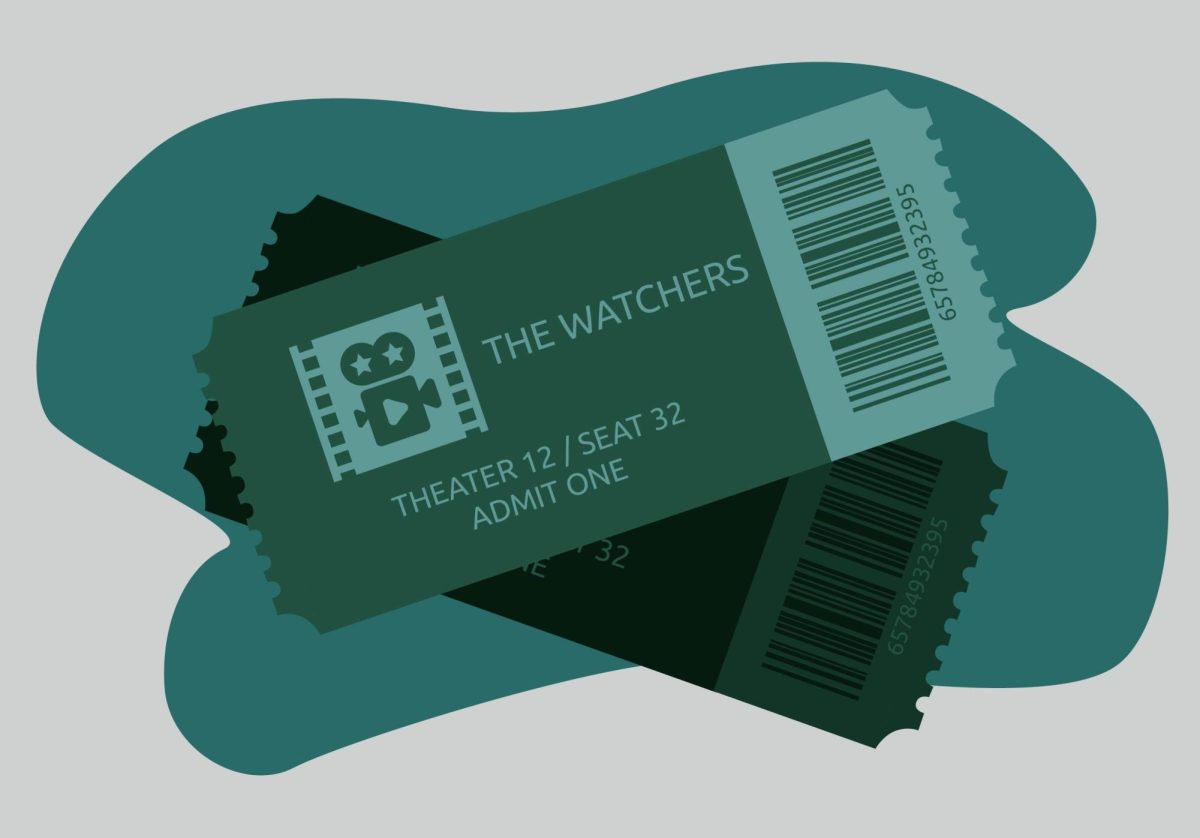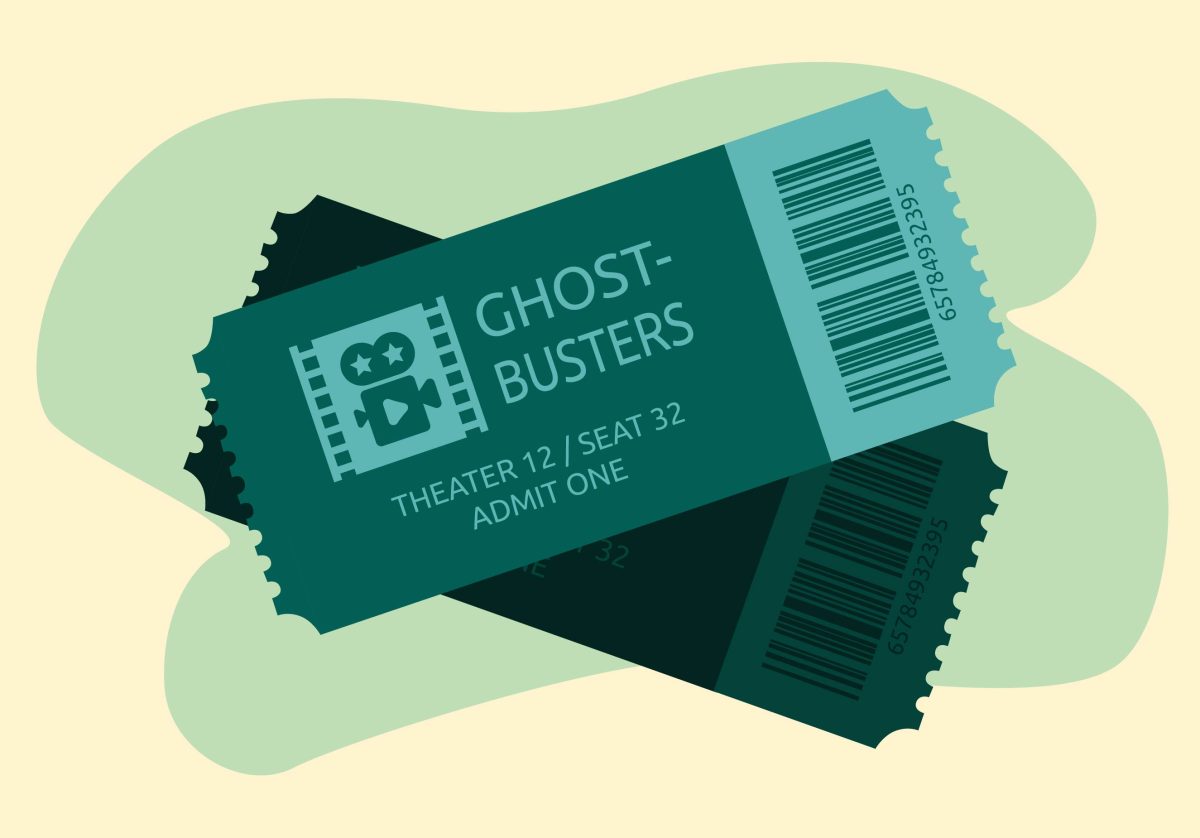Everyone seems to agree that the box office success and profit margin of this summer’s “March of the Penguins” introduced a new era of the documentary.
So what do members of the Twin Cities’ nonfiction film community say about this?
Essentially, they’ve seen it coming.
Despite the mainstream popularity of the penguins’ “March,” most agree that documentaries still serve niche audiences.
But those audiences are loyal and growing, said Adam Sekuler of the Minnesota Film Arts, which runs the Bell Auditorium on campus. The auditorium began showing exclusively nonfiction films about a year ago and is the nation’s only venue to do so.
“Since we’ve gone nonfiction, the market has really stabilized,” Sekuler said.
The Bell shows at least 52 films a year, he said, which “surely proves that the appetite for nonfiction is out there.”
Melody Gilbert, a local documentary filmmaker and former University professor, said the growing popularity of films such as hers is largely because people have shifted their understanding of what a documentary is.
“I think that documentaries used to mean educational and boring,” she said. “I think this is the main thing – that people know that documentaries can be interesting and fun and still informative.”
Matt Ehling has done documentary work since 1992 and produced his first film almost 10 years ago.
“I’ve certainly seen an uptick in the last 10 years,” he said of the popularity of his craft.
There was an explosion of documentary filmmaking in the 1990s, Ehling explained. Companies have found it to be a cheap and inexpensive medium to turn out. Producing documentaries can be so inexpensive that anyone with enough time and talent can tap in to their pulpit. And companies can bring these products to the public because of their low production costs.
The medium has also followed the diversification of media in general, which has seen an explosion of niche radio stations and television programs – not to mention the Internet. This “increasingly fragmented media culture” has helped give a voice to documentary filmmakers, Ehling said.
And while radio, which is also cheap to produce, has provided a home for many on the right-wing of the political spectrum, Ehling noted that documentaries are becoming home to those on the left.
Companies like Netflix have helped as well, Ehling said, by renting independent documentaries.
Sekuler attributed some of the popularity to the public’s craving for the latest rage in TV.
“If you look at the general culture, especially the media, people are gulping up reality-based programming,” he said. “There’s something going on in the culture where real life is more interesting than created stories.”
Of course, for many in the art-house crowd, the love of independent filmmaking is directly related to hostility for commercial Hollywood.
But many agree that documentaries are finding their largest mainstream audience in the lifetime of the genre. Part of the allure is the same now as it was in the beginning, Sekuler said. Audiences simply like the excitement that comes with an unscripted narrative.
“They’re at the whims of the moment,” he said. “Documentary filmmakers are more likely to take the film to where the story is, as opposed to the other way around.”
















